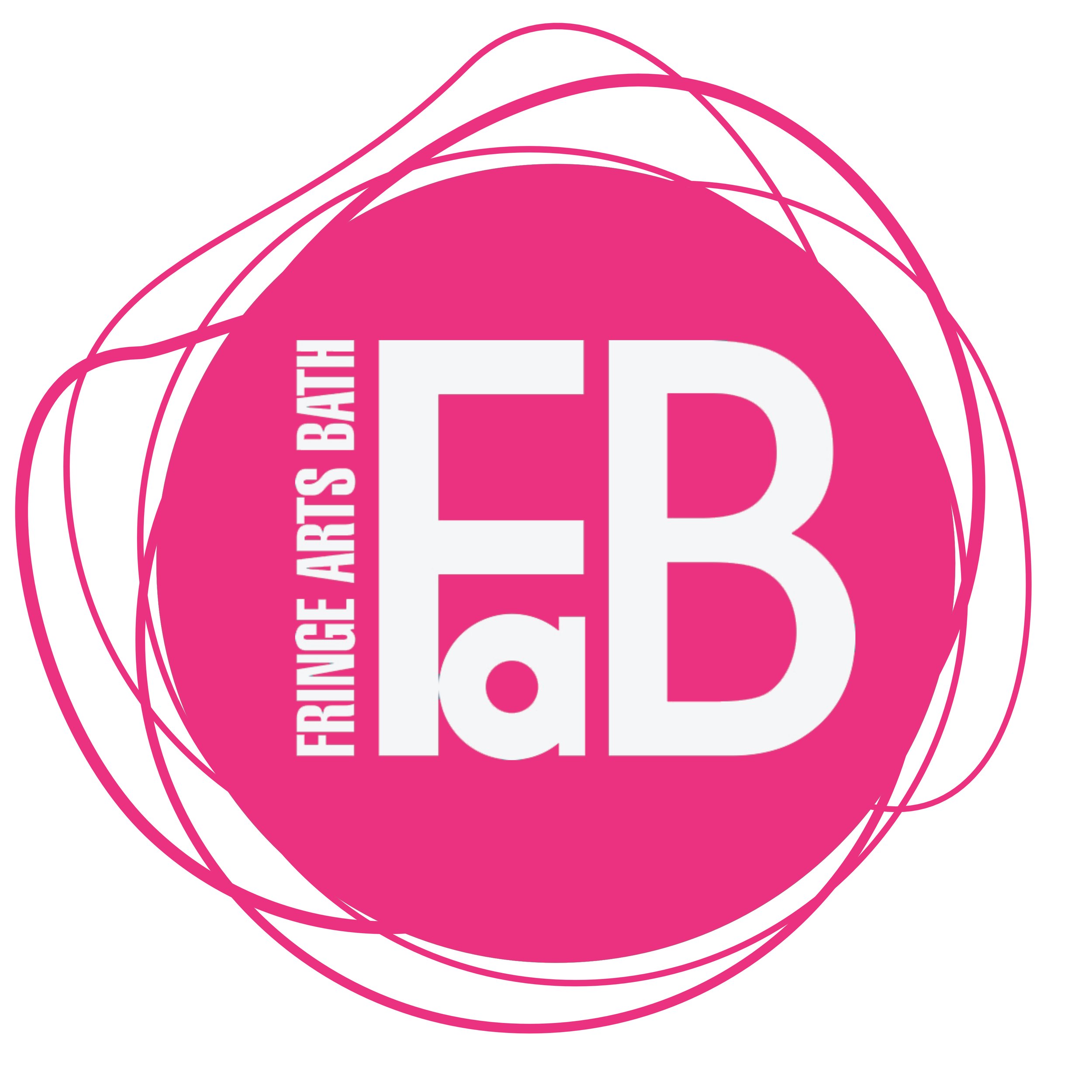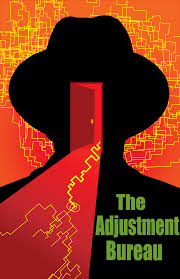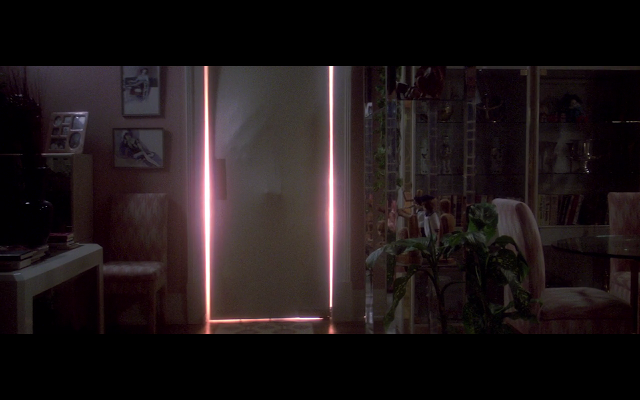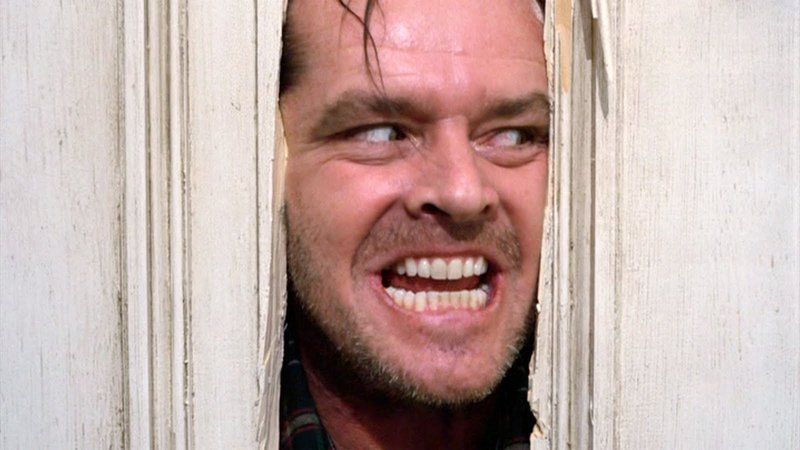Doorways in literature and film
Doors and doorways play a key part of tales in literature, theatre and film.
On a practical level, they are a useful device - a good way of opening or ending a scene, the entrance or exit of a character - but they often symbolize so much more.
One of the best-known doorways in literature and film is that of the door at the back of the wardrobe in The Lion, the Witch and the Wardrobe by CS Lewis. Literally, the doors function to take the children out of their real world and into the fantasy world of Narnia. In doing so, going through the doorway transfers them from their mundane, wartime experience to a new world, a new reality, a new life. More importantly, the doors inexorably lead to Aslan. With such strong Christian symbolism in Lewis' works, the use of a doorway is not accidental; Lewis would have been familiar, for instance, with the imagery of doors from the Bible: 'I am the door; if anyone enters through Me, he shall be saved' (John 10:7). We looked at Doorways in religion, tradition and ritual in our last blog.
Image: Movie poster for The Lion, the Witch and the Wardrobe (2005). Disney Enterprises, Inc.—Phil Bray/Walden Media LLCAP Images/PRNewsFoto/Buena Vista Pictures/AP Images
More than just a plot device, liminality - the in-between moments between inciting incident in a story and the protagonist’s resolution - is a recognized part of literary theory. Often doorways, or the waiting spaces in front of, or between, doorways, are used to represent this. This process is transformational, it is about 'becoming':
“It is the period between Raskolnikov’s crime and his confession to detective Porfiry. It is the space between the murder of Bruce Wayne’s parents and his becoming Batman in order to protect others. Liminal space is Luke Skywalker’s apprenticeship in the swamps of Dagobah. It is Frodo’s long, slow journey to Mordor. Liminal space is the period between Elizabeth Bennet’s realization she likes Mr Darcy and the moment she agrees to marry him”
The passage through doorways is often used to represent growing up, or the transition from childhood to adulthood. For instance, Alice passes through several doorways in Lewis Carroll's Alice's Adventures in Wonderland. Most notable of course is the room of doorways into which Alice finds herself at the bottom of the rabbit hole – all locked, except for a single, tiny door behind a curtain that opens up to a magical garden from which Alice's adventures continue. Alice eventually gets through this door, with the help of some magical cake and liquid that shrinks her to the appropriate size. It’s the official and literal door into Wonderland, a symbol both of her journey and her transformation - physical as well as metaphorical.
Likewise, the doorway to the Secret Garden in Frances Hodgson Burnett's book also represents a door to another world, as well as an allegorical journey. The secret garden is where the protagonist Mary grows up, alongside the budding garden. By taking off her gloves to hold the key to the garden's door, Burnett represents Mary's state of readiness to enter a new phase in her life, to move on.
Image: front cover, UK 2007 edition (pub Oxford Bookworms Library)
Doorways in literature and film often represent barriers that need to be overcome, often only by those who have passed a test or shown their worth. In JRR Tolkien's Hobbit and Lord of the Rings books (and subsequent Peter Jackson films), Tolkien plays with this idea of doorways allowing passage only to the 'worthy': the secret entrance to the underground mines of Moria can only be found by speaking the password (below), or the hidden keyhole to the Lonely Mountain which can only be seen in the moonlight on a certain day.
Image: Wingnut Films/New Line Cinema/Peter Jackson
This device of allowing access through Doorways only for the 'deserving' or those in authority is played with by the film The Adjustment Bureau, in which passage between places physically unconnected is only possible by wearing a special hat, otherwise it is just an ordinary door.
Movies also play with the idea of doors as symbols of safety - or not. Protagonists shut and bar doors to keep antagonists out, while filmmakers jack up the tension by focusing on what we can't see, but can often only hear, hidden behind a closed door. In Ghostbusters, the filmmakers use noises coming from behind a closed fridge door and light behind a closed apartment door (accompanied by the impressions of monstrous hands), to heighten the tension (below). In The Shining, Jack Nicolson hacks his way through a door, physically destroying the only thing that offers protection - all the more shocking for it's attack on the thing most of us think of as safe: a locked door.
Doorways are also used in literature and film to represent turning points. In an extreme example, the doors of a tube train in '90s rom-com Sliding Doors symbolise a point in the life of the main character, Gwyneth Paltrow's Helen, where her life literally splits in two. The film subsequently splits into two parallel timelines, charting those two paths, one leading to happiness, the other to misery. The door - and her passage through it, or not - symbolizes the point of division between one possible future and the other.
Image: still from Sliding Doors Intermedia / Mirage Enterprises
Films also use Doorways to represent life and death. In Ridley Scott's film Gladiator, for instance, a door features in the visions of Russell Crowe's character Maximus Decimus Meridius as the gateway to death and the afterlife. He has to push it open in order to get to the peaceful fields beyond and, crucially, to see his murdered family again. Doorways are a commonly-used allegory for death (and, conversely, for birth or, as here, rebirth), and the use of this device made sure that the audience understood what this vision meant. Passing to 'the other side' is a common reference to death, the doorway from which there is no return.
Image: Scott Free Productions / Red Wagon Entertainment / DreamWorks 2000
Inspired? This is an open call-out for artists and creatives in any media to submit responses to the theme of 'Doorways'.
Remember, you can follow us @DoorwaysArt2018 on twitter, and keep and eye on this blog for more updates, ideas and inspiration.
To ask us a question, and to submit your work for Doorways for Fringe Arts Bath 2018 by the deadline of 20th March, email doorways@fringeartsbath.co.uk. Check the FaB website for details of how to apply.









